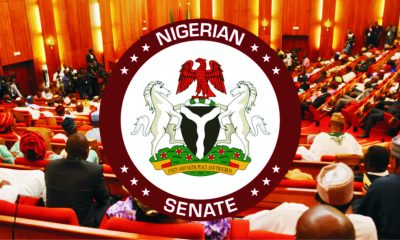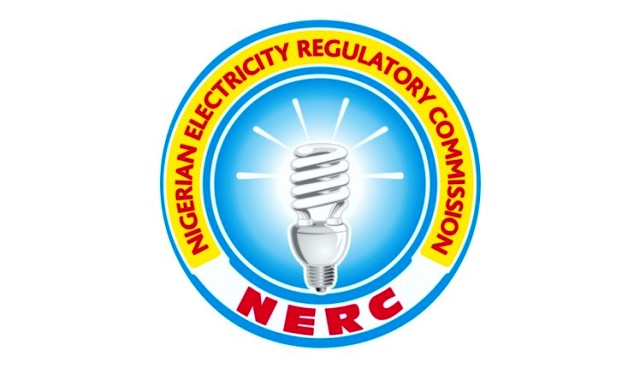Oil & Energy
Oil Fund Withdrawals Suggest Extended Price Rally

The world’s largest crude oil exchange-traded fund has bled over $2 billion in less than a year. And it i
s not due to investors finding greener pastures elsewhere with other ETFs; it is the siren call of soaring prices that is prompting this mass exodus.
The WisdomTree Brent Crude Oil exchange-traded commodity had assets under management of some $2.5 billion last summer, according to Bloomberg. Now, the publication reports, this is down to $396 million, with withdrawals accelerating over the past few days.
In that, withdrawals seem to be following price trends. Brent earlier this month topped $90 per barrel and, after a short pause earlier this week, is back above that threshold again following the latest Israeli strike on the Gaza Strip amid reports about a possible ceasefire.
While it is true that prices are currently driven higher mainly by geopolitical events, fundamentals are also at play. A growing number of forecasters are updating their predictions for benchmarks this year on expectations of resilient demand and increasingly tighter supply. And investors are following the trend.
Even those who have not sold their ETF holdings in order to invest more directly in the rally are benefitting. That same WisdomTree Brent Crude Oil ETC generated returns of over 13 percent during the first quarter of the year as opposed to an average 8.8% gain in the S&P 500.
The WisdomTree exchange-traded commodity became the world’s largest oil fund at the beginning of last year. The fund saw inflows of over $1 billion, which poured in as the deflation in oil prices that had begun in late 2022 extended into the new year. Now, the trend has reversed and it has reversed strongly.
The WisdomTree Brent Crude Oil ETC is not the only fund seeing outflows. The U.S. Oil Fund, which used to be the world’s biggest oil fund before the WisdomTree inflows last year and is now the world’s biggest oil fund once again, also saw a flurry of investor exits as benchmarks climbed higher.
According to Bloomberg, the fund’s assets under management currently stand at $1.3 billion, down from some $5 billion during the pandemic.
In further evidence that oil makes money, the Middle East is about to become the only region in the world with three trillion-dollar sovereign wealth funds. The Abu Dhabi Investment Authority is worth $993 billion, Bloomberg reported in March, while the Saudi Public Investment Fund and the Kuwait Investment Authority are breathing down its neck.
Meanwhile, investment in transition-related stocks is on the decline, according to data reported by Reuters. The S&P Global Clean Energy Index is down by 10% since the start of the year. In comparison, the S&P 500 Energy Index, which comprises Big Oil names, has gained 16.3%.
The data shows that investors are growing wary of all the promises made by transition advocates as evidence mounts that these were not based on due diligence. Wind and solar stocks suffered a crash last year when this first became clear.
Now, we are witnessing a continued awakening among investors to the challenges and the realistic potential of transition technology and alternative energy sources.
“With conventional energy having its own bull run, I think the alternative funds will struggle for the foreseeable future, and we shall see what the election brings”, the Managing Director of capital markets at Phoenix Capital Group Holdings told Reuters.
The comment summarizes the challenging situation for alternative energy investment and highlights the rebound of interest in oil and gas, much to the chagrin of decision-makers on both sides of the Atlantic.
In both Europe and the U.S., things can get even worse for the transition after the respective elections—in June for European Parliament and in November for U.S. President. It will certainly be an interesting year in energy.
Slav writes for oilprice.
By: Irina Slav
Oil & Energy
OML18: NNPC, Sahara Launch 2.2m-Barrel Floating Vessel

Oil & Energy
Space-Based Solar Power Finally Ready to Shine?

Oil & Energy
Aide, Others Laud Gov. Diri Over ‘Light Up Bayelsa’ Project

-
Nation2 days ago
Union Petitions EFCC, ICPC Over Tax Fraud Allegations Against Daewoo, Saipem
-

 Politics2 days ago
Politics2 days agoSenate Confirms Amupitan As INEC Chairman
-

 Nation2 days ago
Nation2 days agoHYPREP Remains Steadfast In Adhering To International Standards—Zabbey …As Regulators, Asset Owners Hail Project
-

 News2 days ago
News2 days agoNERC Approves N28bn For Procurement Of Meters For Band A Customers
-

 News2 days ago
News2 days agoFubara Reassures Rivers People Of Completion Of PH Ring Road Project
-

 Rivers2 days ago
Rivers2 days agoWorld Food Day: Farmers Urge Collaboration For Improved Productivity
-

 Nation2 days ago
Nation2 days agoMOSIEND Hails Benibo Anabraba Appointment As Rivers SSG
-

 Rivers2 days ago
Rivers2 days agoIAUE Governing Council Chair Assures On Mandate Delivery

